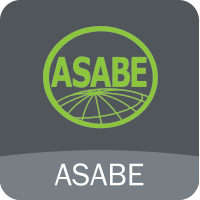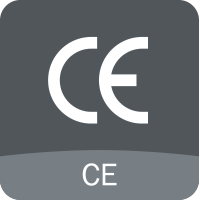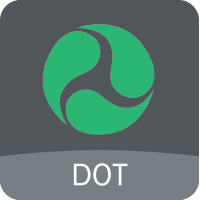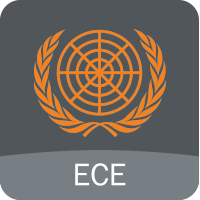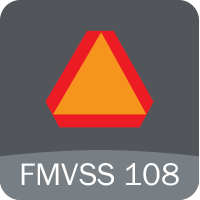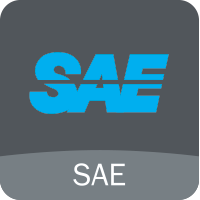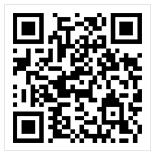CONTACT US
Skype: Toptree818
Email: info@toptreesafety.com
Email: steven@toptreesafety.com
Phone: 0086-519-81193809
Mobile: 0086-15051960989
Add: A2 Building,Shimao Plaza,Xinbei District,Changzhou 213022
Regulatory Standards--On-Road Regulations
FMVSS 108 (DOT) Standards
Within the United States, the Federal Motor Vehicle Safety Standard (FMVSS) 108 regulates all automotive lighting, signaling, and reflective devices. The United States Department of Transportation (DOT) enforces these standards as law in the United States.
Whenever a lamp is meets this standard, we refer to it as DOT-compliant, implying that it is legal to use on-road in the United States & Canada.
ECE Standards
Many countries recognize the United Nations Economic Commission for Europe (ECE) Transport Division’s regulations. Countries often mirror the content of these ECE regulations in their own national requirements or permit the use and importation of ECE-approved vehicles.
Whenever a lamp is meets this standard, we refer to it as ECE-compliant, implying that it is legal to use on-road in countries that follow ECE standards.
SAE Standards
SAE International is a standards development organization for the engineering of powered vehicles. This includes cars, trucks, boats, aircrafts, and more. The SAE standards provide industry-approved recommended practices and are mainly used in the U.S. and Canada and do not recognize ECE approvals.
Whenever a lamp is meets this standard, we refer to it as SAE-compliant, implying that it is legal to use on-road in the United States & Canada.
Transport Canada
Transport Canada is responsible for developing regulations, policies, and services relating to transportation in Canada.
Whenever a lamp is meets this standard, it is legal to use on-road in Canada.
Additional Regulations
ASABE Standards
American Society of Agricultural and Biological Engineers regulates certain products used on agricultural equipment.
CE Recognized
The CE marking certifies that a product has met EU consumer safety, health, and environmental requirements.
ECE Standards
Many countries recognize the United Nations Economic Commission for Europe (ECE) Transport Division’s regulations. Countries often mirror the content of these ECE regulations in their own national requirements or permit the use and importation of ECE-approved vehicles.
Whenever a lamp is meets this standard, we refer to it as ECE-compliant, implying that it is legal to use on-road in countries that follow ECE standards.
UL Recognized
Underwriters Laboratories (UL) is an independent product safety certification organization. UL develops standards and test procedures chiefly dealing with product safety. UL is one of several companies approved for such testing by the U.S. federal agency OSHA. OSHA maintains a list of approved testing laboratories, known as Nationally Recognized Testing Laboratories.
Q: What’s the difference between DOT and ECE?
A: These are driving regulations based on your location. Most countries around the world have adopted one set of standards or the other, and for headlights to be street legal they must meet and be marked with the regulations adopted by that country.
DOT regulations are created by the United States Department of Transportation, for use in the U.S. & Canada. Meeting DOT lighting standards guarantees your lights are federally compliant in the United States for visibility, durability, and reliability to secure the safety of others.
ECE regulations come from the United Nations Economic Commission for Europe. ECE versions feature DRL & FP functions. ECE-compliant guarantees your lights are compliant in the European Union and in non-European countries that have adopted ECE Regulations for visibility, durability, and reliability.
